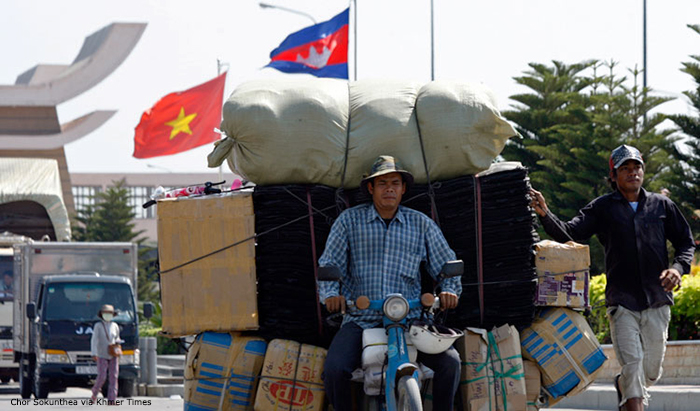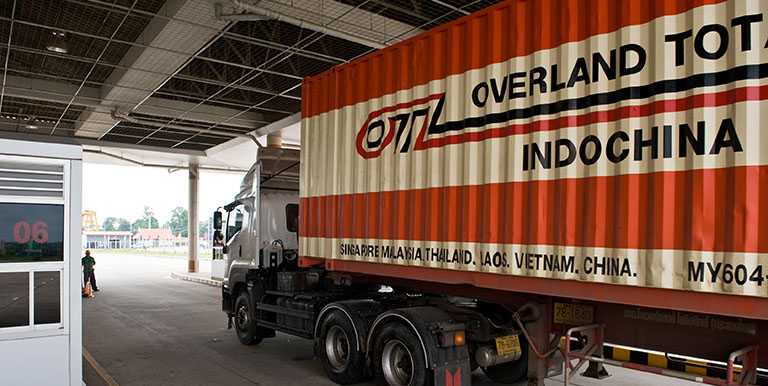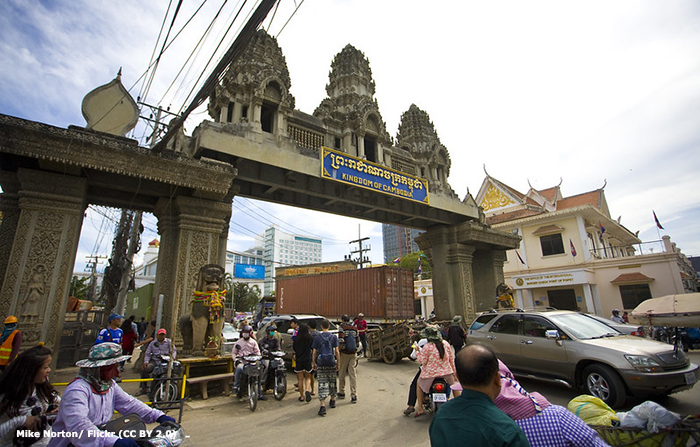Cambodia, Viet Nam Working Together to Ensure Trade Continues
Cambodia and Viet Nam will continue to work together to ensure bilateral trade continues amidst border control measures implemented due to the COVID-19 pandemic. While the two countries have enforced stricter travel restrictions to tourists passing through their borders, Cambodia and Viet Nam remain open to the exchange of goods.










